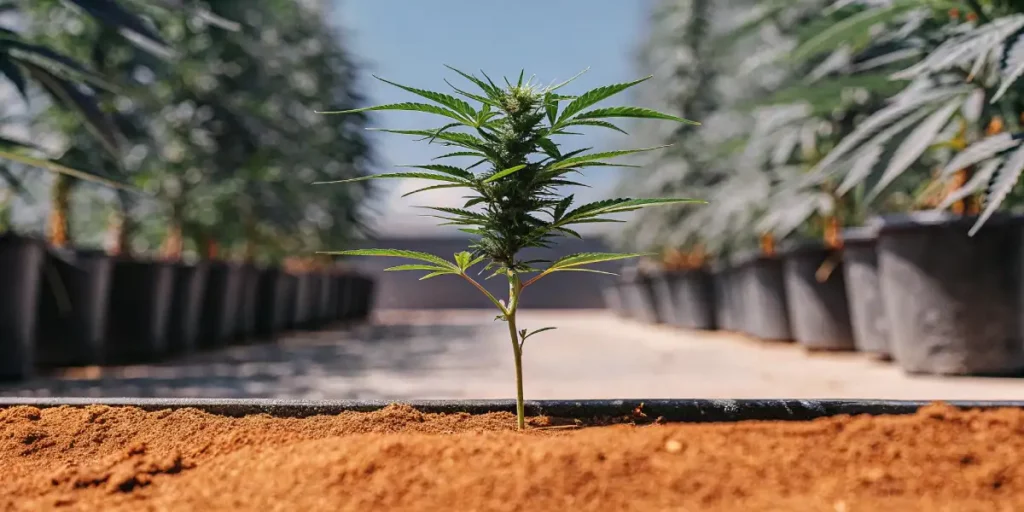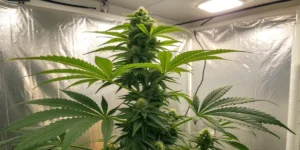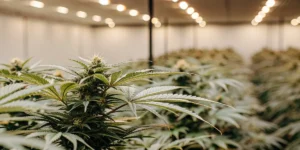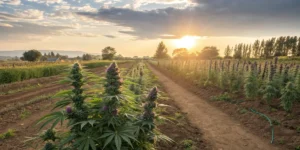Autoflowering cannabis strains have gained popularity for their unique cultivation benefits. However, it’s important to consider the cons of autoflowering before making a decision. These strains switch from the vegetative stage to the flowering stage automatically. While this trait offers convenience, it also brings certain limitations.
One major disadvantage of autoflowering cannabis is their smaller yield compared to photoperiod strains. Growers often find themselves with less product at harvest. This can be a significant drawback if maximizing yield is a primary goal. For commercial growers, this could impact profit margins.
Another issue with autoflowering cultivation is the limited time to fix problems. Autoflowering plants have a shorter life cycle, which means any issue like nutrient deficiencies or pest infestations must be addressed swiftly. Delay can lead to irreversible damage, leaving less room for error compared to traditional strains.
Cons of autoflowering: challenges with growing autoflowering plants
The smaller size of autoflowering plants can be both a pro and a con. While they are discreet and suitable for small spaces, they also have limited room to develop extensive root systems. This can affect their overall growth and nutrient uptake, leading to smaller yields.
Additionally, the shorter growth period means less flexibility in training techniques. Techniques like topping and super cropping require time for recovery, which is often insufficient in the lifecycle of autoflowering strains. This limits the grower’s ability to manipulate plant structure for better yields.
Moreover, the cons of autoflowering marijuana include a lack of control over the flowering process. Growers who enjoy the hands-on experience of manipulating light cycles might find autoflowering strains less satisfying. This lack of control can be frustrating for those who are used to optimizing their grow timings.
Another challenge with growing autoflowering plants is their susceptibility to environmental changes. Since these plants transition quickly from one stage to another, even slight fluctuations in temperature or humidity can have significant effects on their development and overall health.
Disadvantages of Autoflowering Cannabis
Autoflowering strains often have lower THC content compared to photoperiod strains. While some growers may not prioritize THC levels, those seeking potent effects might find this a significant drawback. For example, a strain like Lowryder is known for its ease of growth but may not satisfy those looking for high potency.
Moreover, the genetic diversity in autoflowering strains is limited. This can be a challenge for breeders looking to experiment with different genetic combinations. The focus has been on stability and autoflowering traits, sometimes at the expense of other desirable characteristics.
The disadvantages of autoflowering cannabis also extend to their growth uniformity. While consistency is often desired, this can be a drawback for those looking to explore unique phenotypes. The reduced variability means fewer surprises, which can be less exciting for experimental growers.
Furthermore, the drawbacks of autoflowering strains include potential issues with seed viability. Due to the intense breeding required to stabilize these strains, some batches may have lower germination rates, leading to wasted seeds and resources for growers.
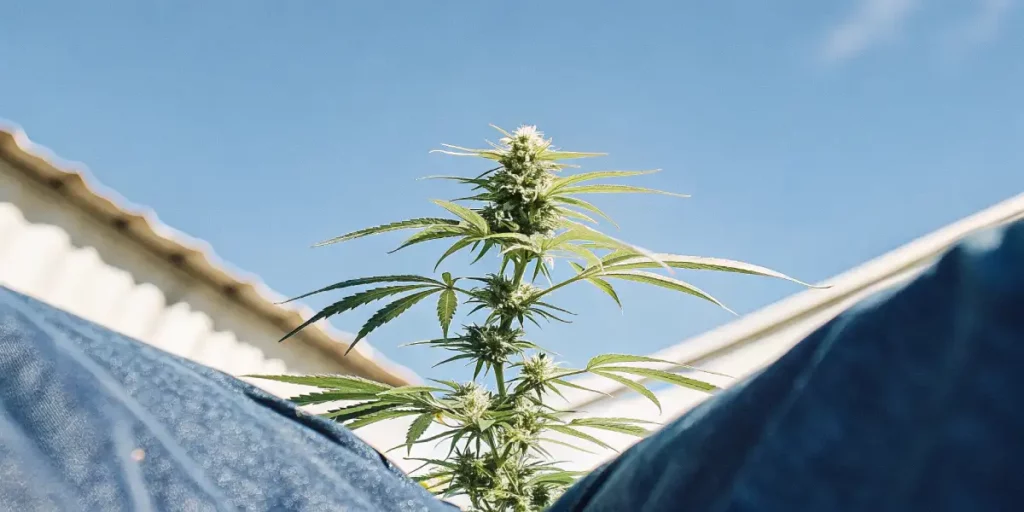
Drawbacks of Autoflowering Strains
Autoflowering strains are not ideal for cloning. The automatic switch to flowering makes it challenging to maintain a mother plant. This can be a significant drawback for growers who prefer to clone plants to preserve specific traits.
Another factor to consider is the lower resilience to stress. Autoflowering strains, like AK-47 Auto, may recover less effectively from environmental stressors. This is crucial for outdoor growers who face unpredictable weather conditions.
Besides, the drawbacks of autoflowering strains include their dependence on high-quality seeds. Because they cannot be cloned effectively, growers must continually purchase new seeds, which adds to the overall cost and can limit the ability to maintain preferred genetics.
The cons of autoflowering marijuana also involve the requirement for constant vigilance. Due to their rapid lifecycle, any lapse in care or attention can lead to missed opportunities for maximizing plant health and yield, making them more demanding in terms of grower engagement.
Issues with Autoflowering Cultivation
Autoflowering marijuana often requires more precise care and attention. Their rapid lifecycle means that nutrient schedules need to be adjusted frequently to match their growth stages. This can be a challenge for novice growers unfamiliar with cannabis nutrition.
Additionally, the environmental conditions must be optimal from the start. Autoflowering plants don’t have the luxury of extended vegetative periods to recover from suboptimal conditions. This requires growers to be more vigilant and proactive in managing their grow environment.
The issues with autoflowering cultivation also include a tendency for nutrient burn if care is not taken. The quick transition through growth stages means that over-fertilization can occur more easily, leading to potential damage and reduced yields.
Furthermore, the cons of autoflowering include potential difficulties in pest management. Their swift lifecycle requires immediate action against infestations, and any delay can result in significant crop loss, emphasizing the need for preventive measures and constant monitoring.
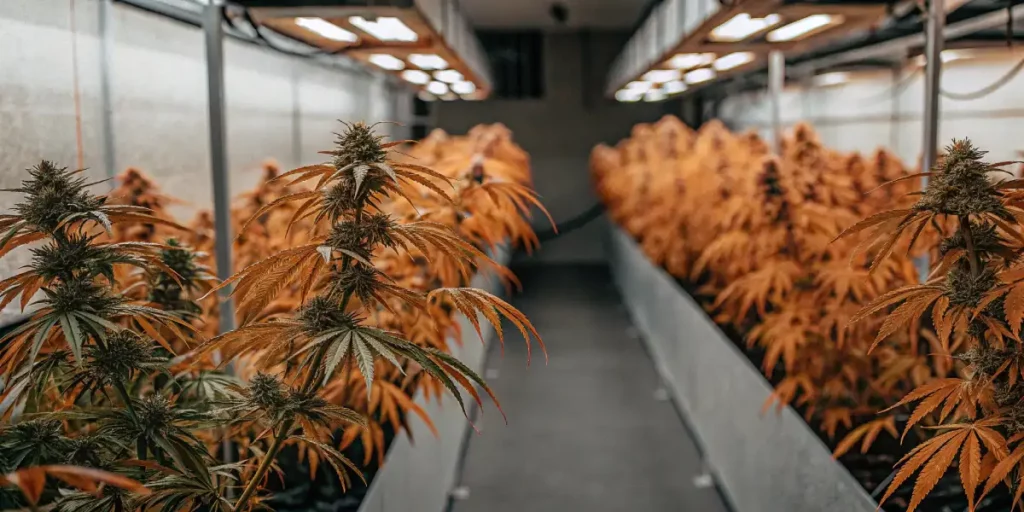
FAQs of cons of autoflowering
Are cons of autoflowering strains suitable for beginners?
While autoflowering strains are often recommended for beginners due to their ease of growth, there are certain challenges with growing autoflowering plants that new growers should be aware of. The rapid lifecycle means less time to correct mistakes, requiring careful monitoring and timely interventions.
However, the simplicity of not needing to change light cycles can be appealing. Beginners should choose strains known for their resilience, such as Northern Lights Auto, to ease into the growing experience.
Despite these advantages, beginners must also navigate the disadvantages of autoflowering cannabis, such as their sensitivity to nutrient imbalances. It’s crucial to follow a precise feeding schedule to avoid common pitfalls like nutrient burn.
Another aspect beginners should consider is the cons of autoflowering marijuana related to their short stature. While this can be beneficial for stealth growing, it also means beginners need to optimize space and lighting to ensure plants receive adequate exposure for optimal growth.
How do autoflowering strains compare in terms of potency?
Autoflowering strains generally have lower THC levels compared to photoperiod counterparts. This can be a con of autoflowering marijuana for those seeking high-potency effects. Breeders are working on improving potency, but progress is gradual.
For those not concerned with THC levels, autoflowering strains offer unique flavors and aromas. It’s important to choose according to personal preference and desired effects.
While potency is often a concern, the disadvantages of autoflowering cannabis are offset by their rapid growth and ease of cultivation. For many, the trade-off between potency and convenience is worth considering, especially for those looking to harvest quickly.
Additionally, some growers appreciate the subtlety and complexity of effects offered by lower THC autoflower strains, which can provide a more balanced and manageable experience, especially for less experienced consumers.
Can autoflowering plants be grown outdoors?
Yes, autoflowering plants can be successfully grown outdoors. They are well-suited for environments with unpredictable light patterns due to their independent flowering mechanism. However, the drawbacks of autoflowering strains include lower resilience to outdoor stressors.
Growers should ensure optimal conditions to mitigate potential issues. Using protective measures against pests and harsh weather can enhance the success of outdoor grows.
Outdoor cultivation also presents challenges with growing autoflowering plants, particularly in regions with fluctuating temperatures. Ensuring stable environmental conditions is key to preventing stress-related issues.
Moreover, while autoflowering strains automatically flower based on age rather than light exposure, they still benefit from ample sunlight. Positioning plants to maximize natural light can help offset some of the cons of autoflowering in outdoor settings.
Is it possible to clone autoflowering strains?
Cloning autoflowering strains is not recommended due to their automatic flowering trait. Unlike photoperiod strains, autoflowers begin flowering based on age rather than light exposure, making it difficult to maintain a mother plant.
Growers interested in cloning should focus on photoperiod strains for better success. Autoflowering strains are best grown from seed to maximize their unique attributes.
The inability to clone is one of the significant disadvantages of autoflowering cannabis, as it requires growers to continuously purchase seeds to maintain their crop. This can increase costs and limit long-term cultivation strategies.
Furthermore, the cons of autoflowering marijuana in terms of cloning mean that growers miss out on the opportunity to fine-tune and preserve specific phenotypes, which is often a key aspect of advanced cultivation practices.
Are there any cost benefits to growing autoflowering strains?
The cost of autoflowering seeds can be higher than photoperiod seeds, which might be seen as a disadvantage. However, the shorter growth cycle can reduce expenses related to electricity and time, potentially offering savings.
Growers should weigh the initial seed cost against potential savings in other areas. For those with limited space and time, autoflowering strains may offer a practical solution despite their higher initial investment.
In evaluating the cons of autoflowering, it’s important to consider the overall efficiency of the grow cycle. Faster harvests can lead to more frequent cycles, which might offset the initial seed cost through increased turnover.
Moreover, while the up-front cost for seeds is higher, the reduced need for complex light schedules and equipment can lead to longer-term savings, particularly for small-scale or home growers focused on simplicity and ease of use.

